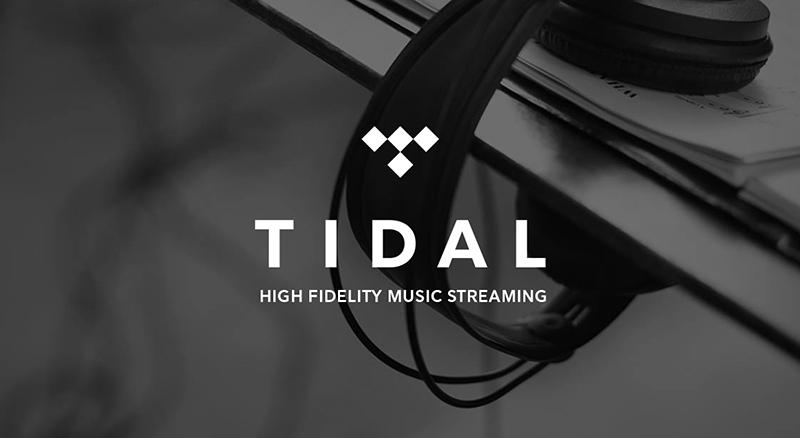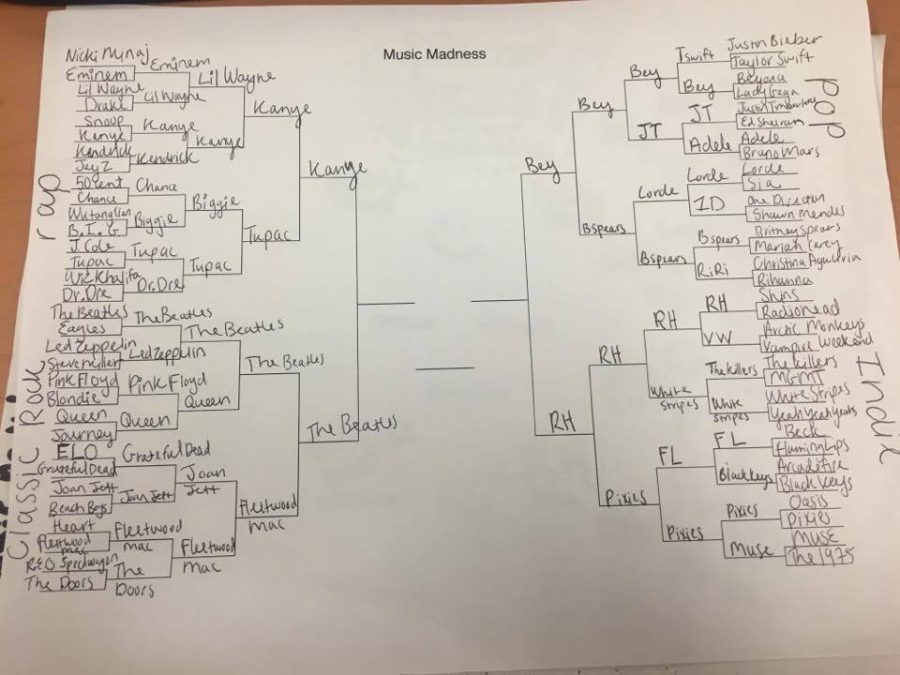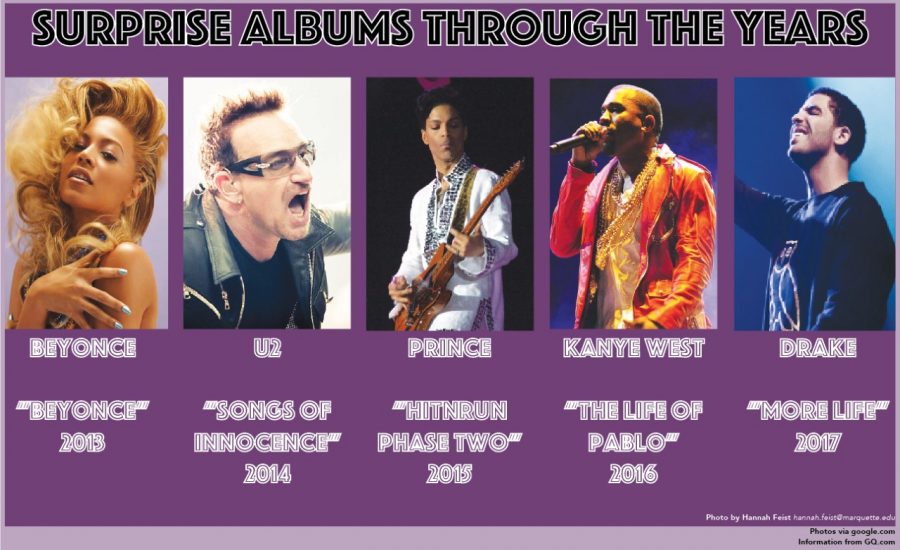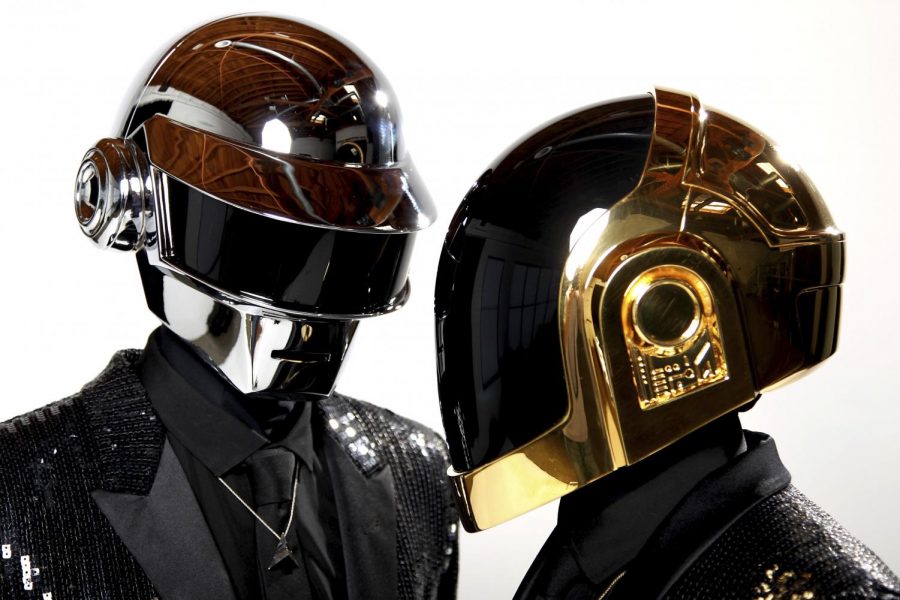Music is everywhere. It helps relieve stress, adds motivation to workouts and is a soothing remedy that can be uplifting. Having music at our fingertips is now commonplace, and being able to personalize your music experience with playlists and other forms of sorting allows for a refreshing listening session. However, when music turns into a commodity that we must pay for, it no longer elicits that same message of convenience and bliss.
Tidal, a high-quality music service that was acquired by Jay-Z, Daft Punk, Taylor Swift, Madonna and other well-known artists, is beginning to position itself on the market as a premium, top-quality music service, which in turn helps other artists financially. This up- and- coming service will provide listeners with videos, deeper editorial content and supposedly tracks that will be more sonically pleasing that rivals Spotify and Pandora. This new music service, however, comes at a cost and will force people to pay a monthly fee around $20.
To music junkies there may be a distinct difference in Tidal’s high-quality streaming to typical streaming from services, like Pandora and Deezer. For most people, paying for music is simply old news. Piracy is king and buying music on iTunes is like purchasing an artist’s physical album, which is essentially what Tidal is asking customers to do. Yes, Spotify has a premium option available for $10 a month, but it is simply an option and is not required. Listeners do not care if Drake makes a certain amount of money for every minute a song is played, as long as they get their music.
Tidal has been around for a couple of weeks and already seems played out. Forcing listeners to pay for music is the one aspect of music that was taking a hit because people found streaming services to be more convenient—whether it’s because of price or functionality. Oddly enough, Tidal is ignoring the trend of listeners not paying for music by offering one paid plan. It seems misguided that artists are trying to lure people back in by paying for music, but people are smarter consumers now and realize that paying for music is avoidable and unreasonable.
Yes, big name artists like Kanye West, Coldplay and Beyonce are collaborating to ensure this music service thrives and becomes successful, but they are failing to realize that their established status as a celebrity or artist does not negate the fact that people’s only option to listen to their favorite artist will require them to dig into their wallet. Unless it is a concert or buying an all-time best selling album, money and music are not as synonymous as they once were.
Another downfall of Tidal is the limitation of music within their service. Not every artist can pay to appear on the music streaming service, compared to Spotify, which has a bottomless amount of archived content to enjoy. Tidal also claims it will pay more to artists, but that is simply speculation at this point and is hard to believe.
Until Tidal understands the importance of providing listeners with a bevy of rates that start at free, this service will stay stagnant in comparison to other major players in the music industry, especially with younger audiences.
Growing up with free music has been a theme for most people under 21, and taking away a person’s freedom to listen to music whenever they please—other than the annoying advertisements, is completely unfair and provides another reminder of how some artists become money- hungry and disconnected from their music.
It is intriguing how Tidal is trying to highlight the high-quality, fine-tuning features of musical tracks and put value back into music. In reality the sad sound of a violin playing is the only thing that can really be heard.








